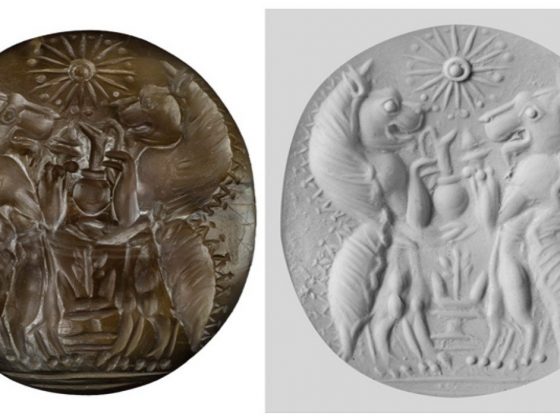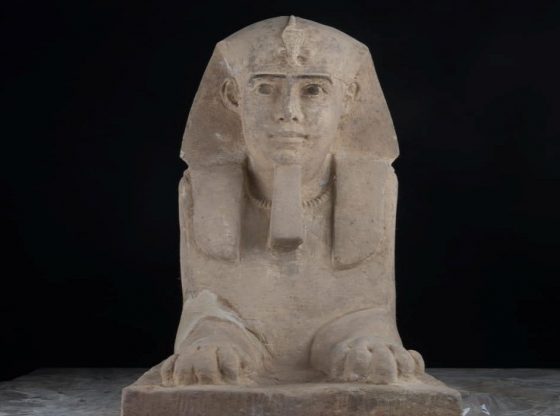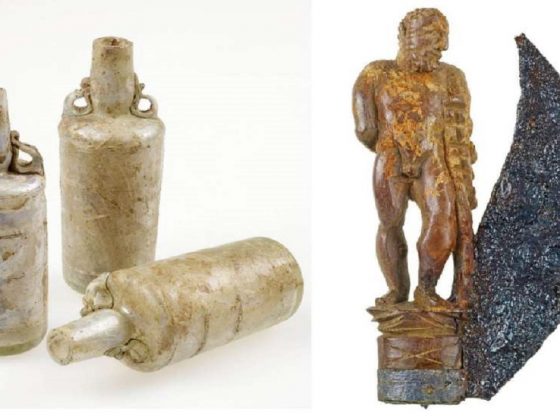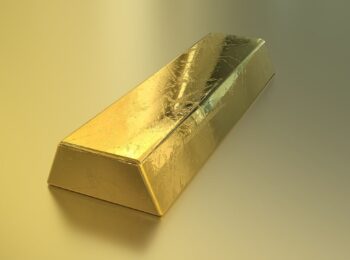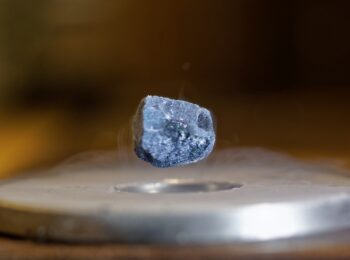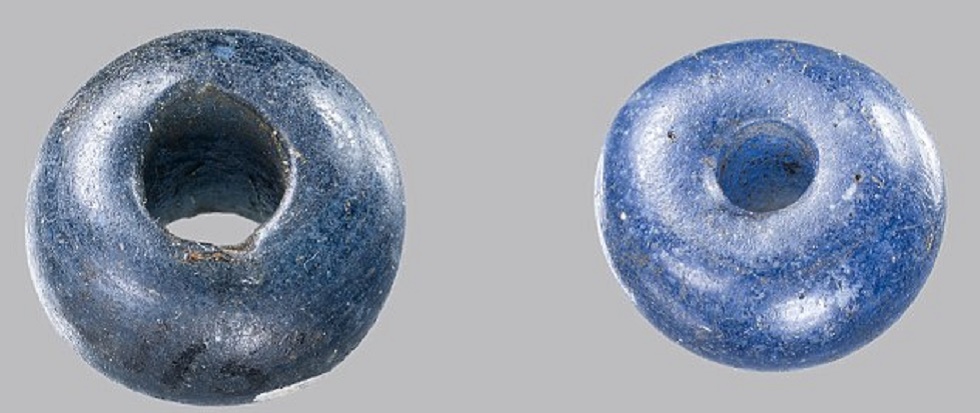
Researchers have analyzed the glass beads previously found in a dozen Bronze Age graves in Denmark.
By comparing the chemical composition of these glass beads to contemporary glass beads in Ancient Egypt and the scientists from Moesgaard Museum in Aarhus, the National Museum of Denmark in Copenhagen, and Institut de Recherche sur les Archéomatériaux (IRAMAT) at Orléans, France – have been able to identify similarities in the material.
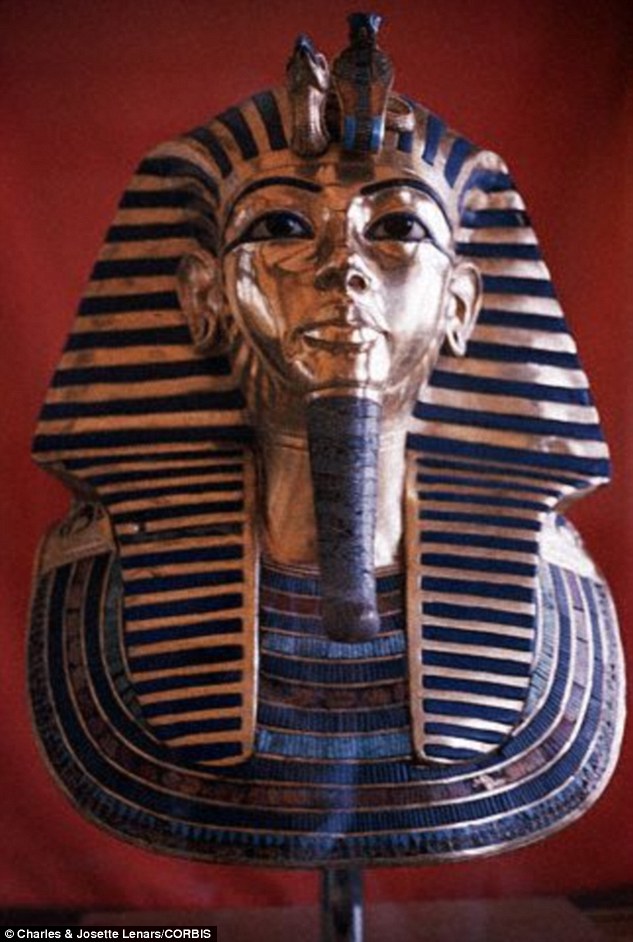
The twenty-three glass beads from Denmark were analyzed using plasma-spectrometry. The chemical composition of trace elements was then compared to beads from Amarna in Egypt and Nippur in Mesopotamia.
The glass beads are about 3,400 years old and originate from the same glass workshops in Egypt that supplied the glass that the Egyptian Pharaoh Tutankhamen took with him to his grave in 1,323 BCE.
The discovery thus shows that the ancient trade routes were vast, over 5,000 kilometers. A theory strengthened by the fact that glass and amber beads have been found on sites in the Middle East, Turkey, Greece, Italy, and Germany – originating from Nordic latitudes.
_______________
Danish Bronze Age glass beads traced to Egypt
______________________________



